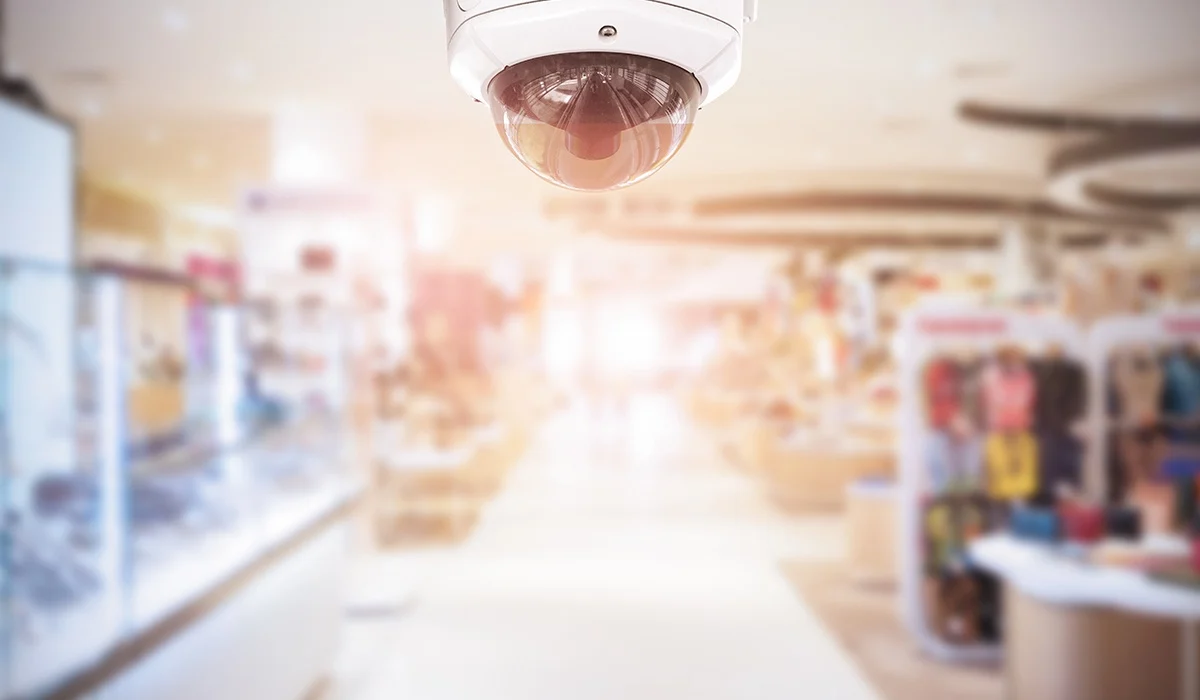The voice of justice echoes through the corridors of forensic investigations, a symphony of science and diligence that resonates in the pursuit of truth. Forensics, derived from the Latin word forensis meaning ‘of or before the forum,’ has evolved into a powerful instrument in unraveling mysteries and holding perpetrators accountable. This multidisciplinary field combines elements of biology, chemistry, physics, and technology, creating a harmonious blend that uncovers the secrets hidden within crime scenes. The forensic scientist, akin to a modern-day detective, navigates the labyrinth of evidence, seeking not only the who, what, and where but also the why and how behind the crime. DNA analysis, a cornerstone of forensic science, serves as the unique vocal signature of justice, allowing investigators to identify individuals with unparalleled precision. As the strands of DNA intertwine, so does the connection between the crime and its perpetrator, establishing an indisputable link that resonates with the unequivocal voice of truth.

Furthermore, forensic anthropology, with its meticulous examination of skeletal remains, provides a narrative etched in bone, recounting the circumstances of a person’s demise. In the realm of digital forensics, the resonance of justice extends to the virtual landscape, where skilled investigators unravel the intricacies of cybercrimes, exposing hidden trails of deceit in the vast expanse of the internet. The voice of justice is not confined to the tangible realm alone; it permeates the digital ether, ensuring that no corner of criminal activity remains untouched and unpunished. Forensic pathology, a discipline that scrutinizes the deceased, articulates the final moments of a victim’s life. Every wound, every mark, becomes a note in the melody of justice, guiding investigators towards the harsh realities of the crime. The voice of justice also resonates in the meticulous examination of trace evidence – the seemingly insignificant fragments that, when pieced together, form a compelling chorus of proof. Fibers, hairs, and minute particles become the silent witnesses that sing the song of truth, weaving a narrative that withstands the scrutiny of legal scrutiny.
Yet, as forensic science advances, so does the responsibility to ensure its ethical application. The voice of justice must echo in concert with the principles of fairness and accuracy. The forensic scientist, armed with cutting-edge technology, becomes a steward of truth, and their work should be characterized by unwavering objectivity. The courtroom, the modern forum of justice, relies on the resonance of forensic evidence to render verdicts that echo the truth, ensuring that the innocent are absolved and the guilty face the consequences of their actions and Visit Website. In the grand opera of criminal investigations, forensics emerges as the voice of justice, a powerful and unwavering force that resonates through time and space. With each meticulous analysis, forensic experts compose a symphony of evidence that narrates the story of a crime. It is a relentless pursuit of truth, a quest for justice that transcends the limitations of human memory and perception. As technology advances and methodologies evolve, the voice of justice in forensics grows louder, echoing a commitment to unveiling the truth and upholding the pillars of a just society.






